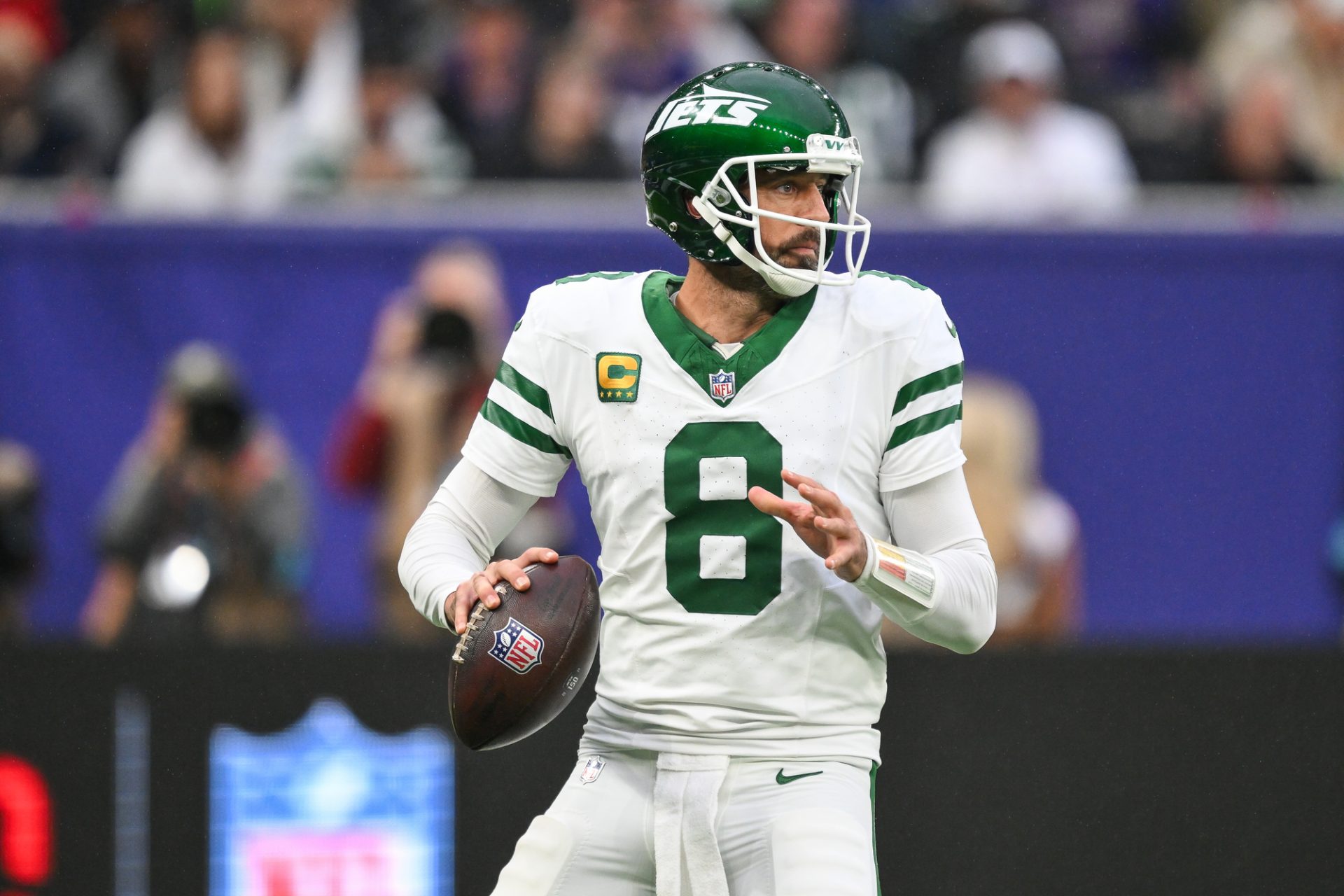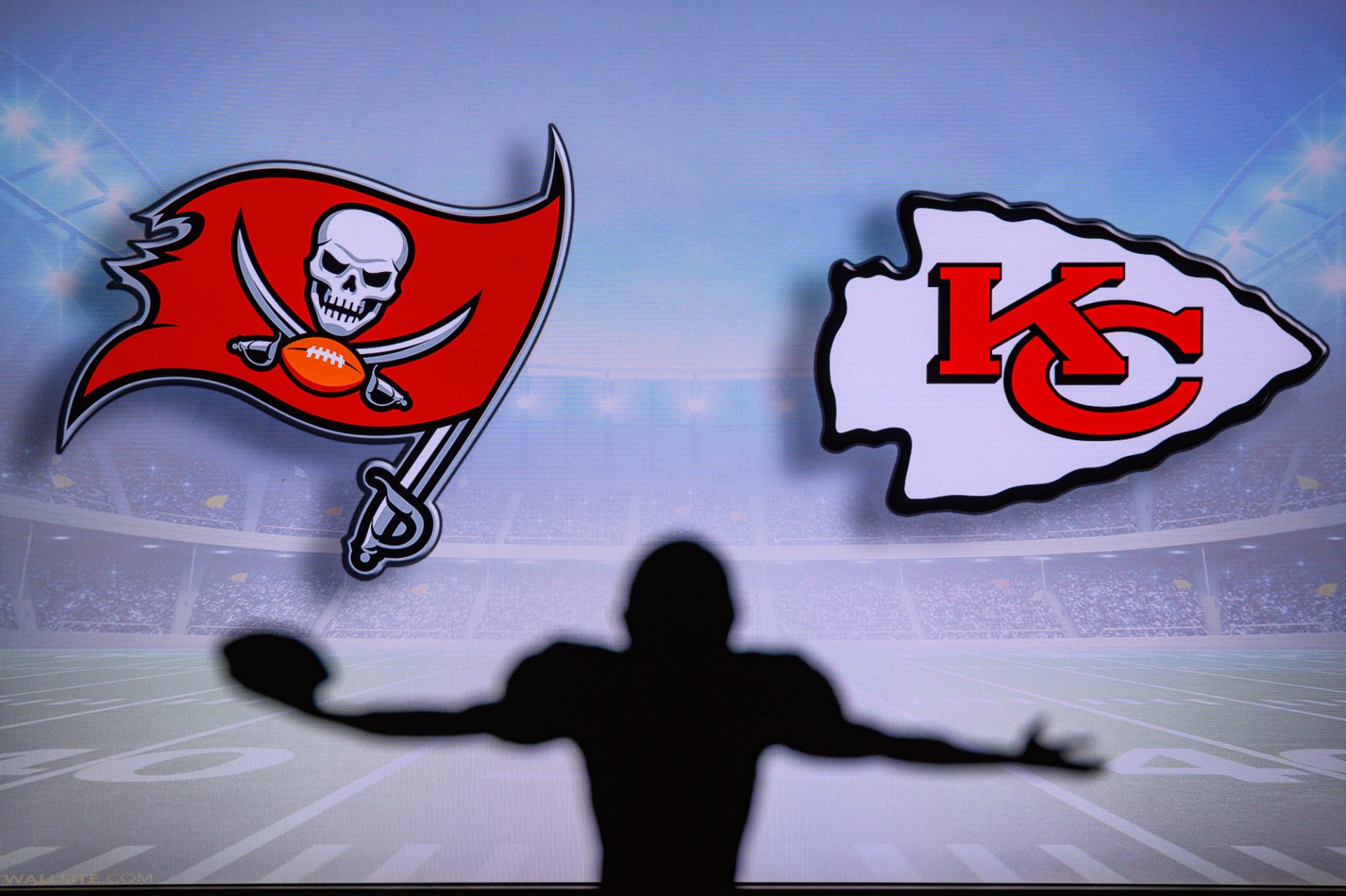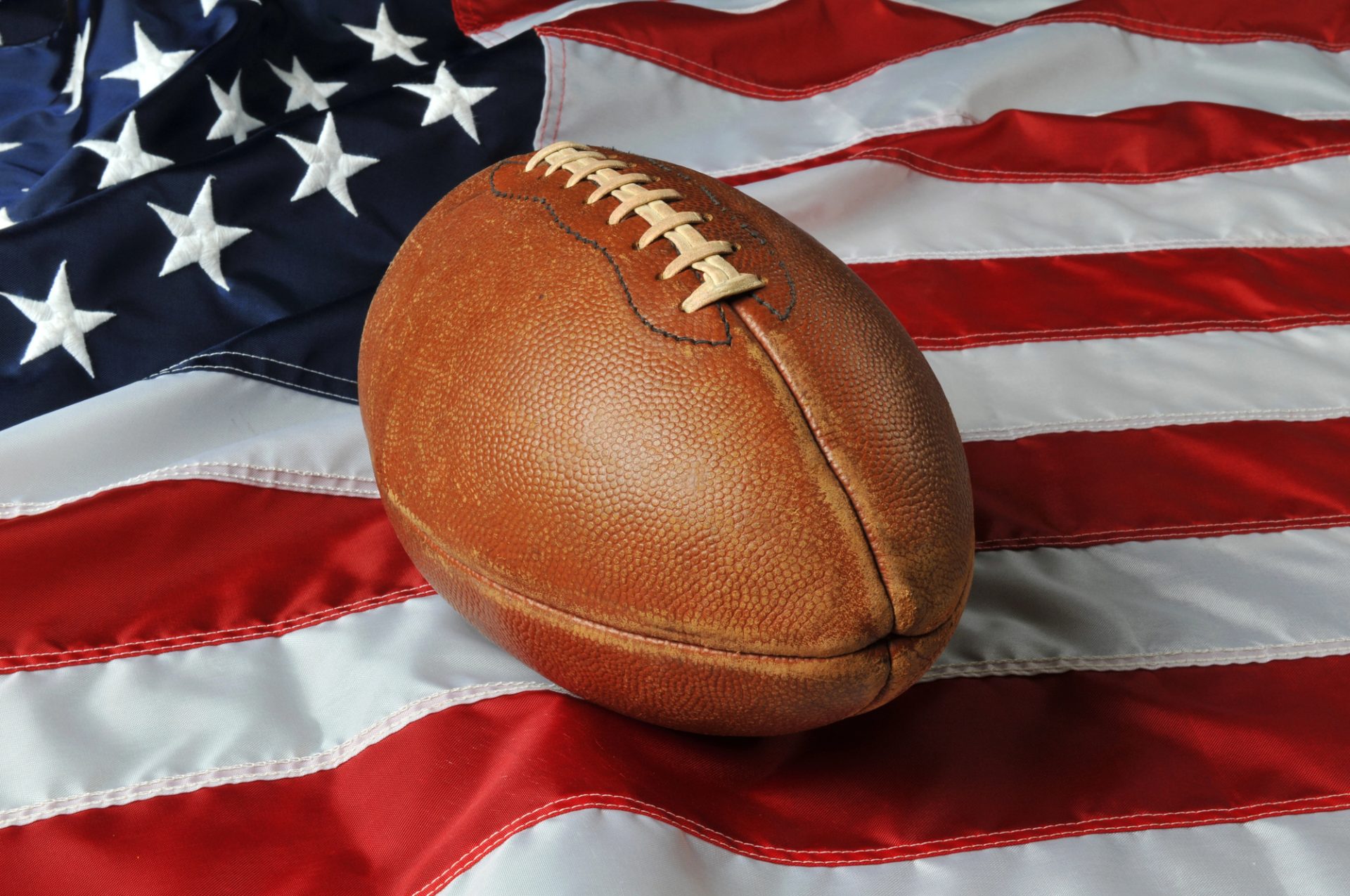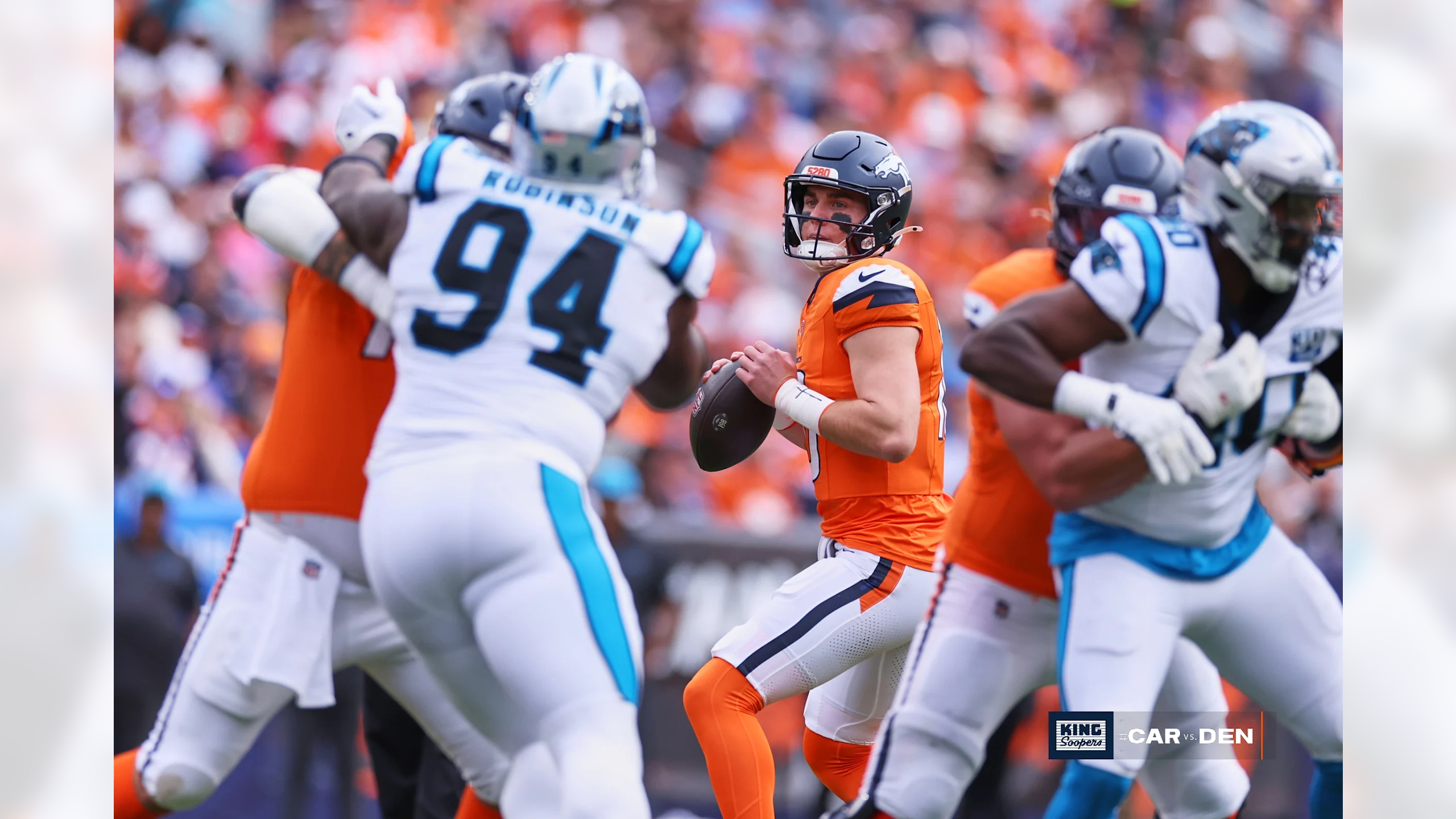How NFL Teams Adjust to Mid-Season Injuries: From Practice Squad to Trade Deadline Deals
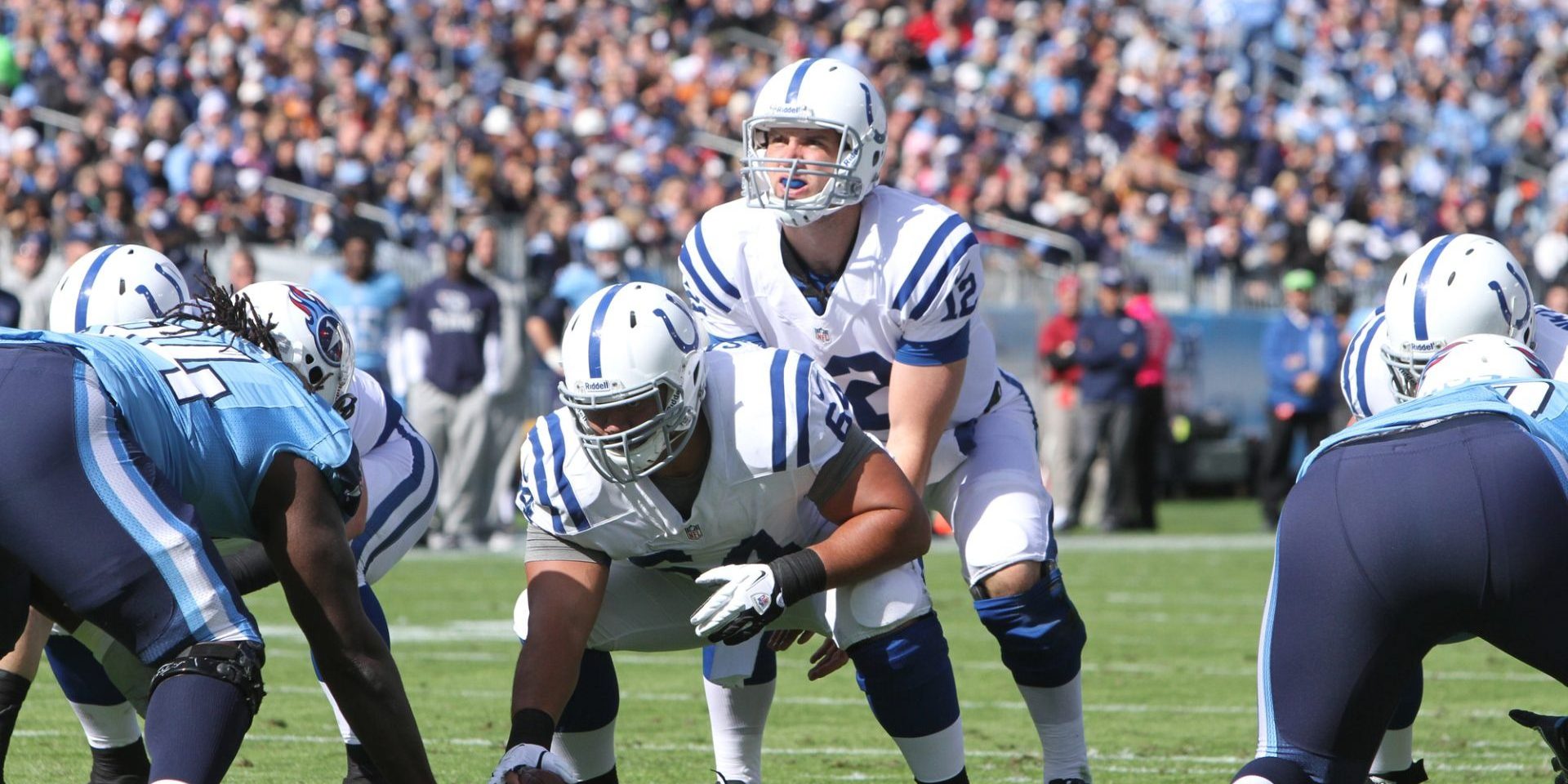

Table of Contents
NFL teams face significant challenges when key players suffer injuries during the season. These setbacks can derail a team’s playoff hopes and force coaches to quickly adapt their strategies. NFL teams have several options to fill roster gaps, including promoting players from their practice squads, making waiver claims, or executing trades before the deadline.
Coaches and general managers work together to assess the impact of injuries and determine the best course of action. They evaluate the depth at affected positions and consider both short-term and long-term implications for the team. In some cases, teams may opt to restructure their offensive or defensive schemes to accommodate available personnel.
The NFL injury report plays a crucial role in this process, providing updates on player statuses and helping teams plan accordingly. Teams must balance the need for immediate replacements with salary cap considerations and future draft picks when weighing potential trades or free agent signings.
The Strategy of Managing Injuries in the NFL
NFL teams employ various tactics to handle player injuries and maintain roster strength. These approaches involve careful use of practice squads and strategic placement of players on injured reserve.
Utilizing the Practice Squad
Practice squads serve as a vital resource for NFL teams dealing with injuries. These groups consist of up to 16 players who train with the team but don’t count against the 53-man roster. When injuries occur, teams can elevate practice squad members to fill gaps.
Practice squad players often specialize in specific positions, allowing teams to address targeted needs. For example, if a starting cornerback gets injured, a team might promote a practice squad defensive back to maintain depth in the secondary.
Teams can elevate up to two practice squad players per week without adding them to the active roster. This flexibility helps coaches adjust to last-minute injuries or unexpected absences.
Navigating the Injured Reserve
The injured reserve (IR) list is a key tool for managing long-term injuries. Players placed on IR must sit out a minimum of four games before they can return to the active roster. This rule allows teams to free up roster spots while giving injured players time to recover.
Teams use IR strategically, considering factors like injury severity and roster needs. For minor injuries, coaches might keep players on the active roster to avoid the four-game absence. For more serious cases, IR placement becomes necessary.
NFL rules permit teams to designate up to eight players to return from IR each season. This provision gives teams flexibility to bring back key contributors who recover faster than expected.
Injury data from the 2023 NFL season shows a decrease in lower extremity injuries, reflecting the league’s efforts to improve player safety. These trends influence how teams approach injury management and roster decisions.
The Impact of Injuries on Team Dynamics and Performance
Injuries in the NFL can significantly alter a team’s trajectory, affecting strategies, player roles, and long-term planning. Teams must adapt quickly to maintain competitiveness and cohesion.
Adjustments in Team’s Strategy and Formation
When key players are sidelined, coaches often revamp their playbooks. The San Francisco 49ers faced this challenge after losing Nick Bosa to injury, forcing them to modify their defensive schemes.
Offensive coordinators may shift from pass-heavy to run-focused strategies or vice versa, depending on available personnel. For instance, the Minnesota Vikings adjusted their offense when quarterback Jaren Hall was injured, relying more on the run game.
Special teams units also feel the impact, as depth players who typically contribute there are moved into starting roles. This ripple effect can weaken multiple facets of a team’s performance.
Next Man Up Mentality
NFL teams emphasize the “next man up” philosophy to maintain morale and performance. This approach puts pressure on backup players to step up and fill the shoes of injured starters.
The Dallas Cowboys exemplified this when Rasul Douglas stepped in for an injured cornerback, seamlessly integrating into the defense. Similarly, the Chicago Bears relied on backups to fill gaps left by injuries to key defensive players.
Practice squad elevations become crucial during injury-heavy periods. Teams may rotate through multiple players to find the right fit, as seen with the Buffalo Bills’ offensive line adjustments throughout the season.
Long-Term Planning and Injury Recovery
NFL teams must balance immediate needs with long-term goals when managing injuries. The Washington Commanders traded Chase Young and Montez Sweat, partly due to injury concerns and future cap considerations.
Recovery timelines influence roster decisions. Teams may keep an injured player on the active roster if they expect a quick return, or use injured reserve for longer-term absences.
The trade deadline becomes a critical juncture for injury-plagued teams. The New York Jets, facing quarterback issues, acquired veterans to stabilize their offense after early-season injuries.
Medical staff play a vital role in player recovery and team performance. Their expertise guides decisions on when to return players to action, balancing competitive needs with long-term player health.
Trade and Acquisition Strategies Before the Deadline
NFL teams employ various methods to bolster their rosters as the trade deadline approaches. These strategies focus on identifying valuable trade targets and exploring the free agent market to address key needs.
Analyzing Potential Trade Targets and Deals
Teams carefully evaluate potential trade targets based on their current roster needs and salary cap situation. The NFL trade deadline typically falls in late October or early November, giving teams limited time to complete deals.
General managers often target players from struggling teams who may be looking to acquire draft picks for the future. For example, the Chicago Bears traded defensive end Robert Quinn to the Philadelphia Eagles in 2022, receiving a fourth-round draft pick in return.
Teams like the Dallas Cowboys and Washington Commanders frequently engage in trade discussions. They may seek to acquire veteran players to fill specific roles or address injuries.
Assessing the Role of Free Agents in Team Reinforcement
Free agents can provide immediate help without requiring trade compensation. Teams monitor the available free agent pool, which includes veterans released by other teams and practice squad players.
NFL teams often bring in free agents for workouts to evaluate their current fitness and skill level. Players like defensive tackles Sheldon Rankins and Michael Pierce have found new teams mid-season through this process.
Tight ends and offensive linemen are common free agent targets. Players such as Dalton Schultz and Trent Brown have signed with new teams during the season to address injuries or performance issues.
Teams must balance the potential impact of free agent signings with available salary cap space and roster spots. Quick decision-making is crucial as multiple teams may pursue the same players.
Evaluating Team Adjustments Post Trade Deadline
NFL teams make critical decisions to adapt their rosters after the trade deadline passes. These choices impact team performance, player roles, and playoff prospects for the remainder of the season.
Winners and Losers of Mid-Season Adjustments
The Detroit Lions emerged as winners in 2023, with head coach Dan Campbell leading a successful mid-season turnaround. Their strategic moves bolstered both offense and defense, propelling them into playoff contention.
The Baltimore Ravens also excelled, integrating linebacker Roquan Smith seamlessly into their defense. This acquisition strengthened their pass rush and run defense.
On the flip side, the Chicago Bears faced challenges after trading Smith. General Manager Ryan Poles’ decision left a gap in their defensive lineup that proved difficult to fill.
The Tennessee Titans struggled to replace Derrick Henry’s production when he was injured, highlighting the importance of depth at key positions.
Analysis of Teams’ Adjustments by Position
Quarterback changes often have the most significant impact. Teams without solid backup plans may see their seasons derailed by injuries to starting QBs.
Running back adjustments vary widely. Some teams, like the New York Giants with Saquon Barkley, rely heavily on a single player. Others use committee approaches to mitigate injury risks.
Offensive line stability is crucial. The Philadelphia Eagles’ success partly stems from Jason Kelce’s consistency and leadership on the line.
Defensive adjustments often focus on the secondary and pass rush. Teams that can’t pressure quarterbacks or cover receivers effectively struggle to compete in today’s pass-heavy NFL.
The Role of Upper Management Decisions
General managers play a pivotal role in shaping rosters post-deadline. Howie Roseman of the Eagles has been praised for his aggressive moves to improve the team mid-season.
Dallas Cowboys owner Jerry Jones often takes an active role in personnel decisions, sometimes leading to high-profile acquisitions that don’t pan out as expected.
Coaching staffs must quickly integrate new players into their systems. The Washington Commanders faced challenges when Ron Rivera struggled to effectively utilize players like Chase Claypool, Curtis Samuel, and Antonio Gibson.
Successful teams balance short-term needs with long-term planning. This approach helps maintain competitiveness while building for future seasons.

